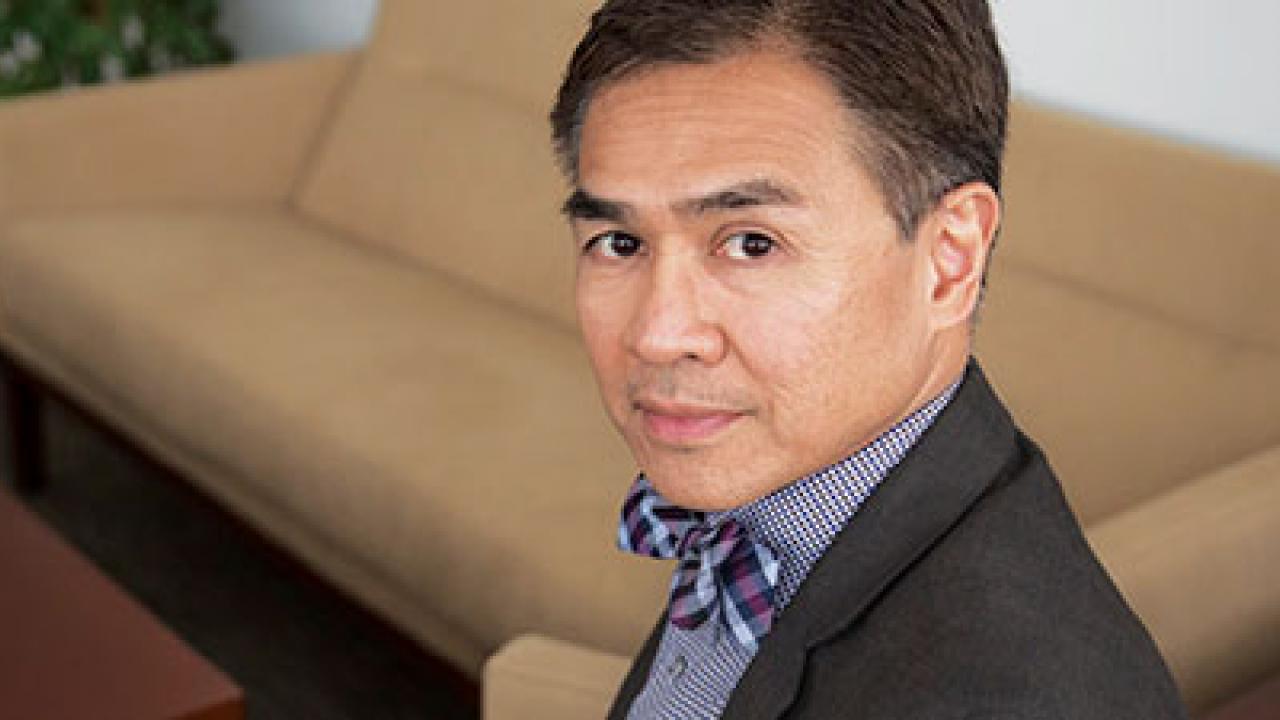
From Bench to Bedside
Aggie Square aims to take cancer research and treatment to the next level. And that’s according to the director of the UC Davis Comprehensive Cancer Center.
Explains Dr. Primo Lara, “We envision Aggie Square hosting an incubator and accelerator for drug and biomarker development. You could call it a cancer hub, a one-stop shop.”
UC Davis Health has one of only 50 Comprehensive Cancer Centers, as designated by the National Cancer Institute. Patients get access to leading-edge treatments, including personalized therapies and early-stage clinical trials.
Lara and his colleagues are forming an interdisciplinary system that brings all facets of cancer research and treatment to one place. “Right now, what’s missing is the colocation of many of the resources, services and personnel,” Lara says. “Even though they exist, they are dispersed, or considered virtual services.”
Cancer patients and their families know this all too well. Even Comprehensive Cancer Centers must sometimes rely on third parties to turn discoveries into treatments. This inevitably adds costs and delays to a process that is already fraught with anxiety.
Aggie Square provides a solution in two major ways. First, it establishes two new, state-of-the-art facilities to provide more lab space and manufacturing capacity. Second, it brings the university, industry and community under one roof to create collaborative opportunities.
“You can imagine hosting academic and industry partners in the same space,” Lara says. “We have established labs doing drug development activities. They can have a couple of benches in the same area as a pharma company that does Phase 1 clinical trials, a company that brings medicines from bench to bedside.”
That transactional relationship is only a small part of the story, however. Aggie Square will feature all of the tools researchers need. “We have libraries here, investigators here, we could have an imaging lab here, and people who help you write protocols,” Lara explains.
“You also have community outreach and engagement,” he continues. “If there is a candidate drug that needs to go first into humans, we have people who reach out to the community to get patients (identified), diversify our patient population, stage training and so on.”
Lara also envisions a “front office” with skilled personnel performing “navigator” roles. These professionals would have experience with the entire drug discovery process and help connect researchers with resources as needed. “Right now, it’s all done in silos,” Lara says. He even sees this navigator helping researchers apply for federal grants to further their work.
Finally, Lara anticipates the creation of a hub as an outstanding opportunity for workforce development. “You could have students, postdocs, everyone see the entire process in one place,” he says. “Nobody seems to have thought of this. It’s a great teaching opportunity. The whole shebang would be right here.”